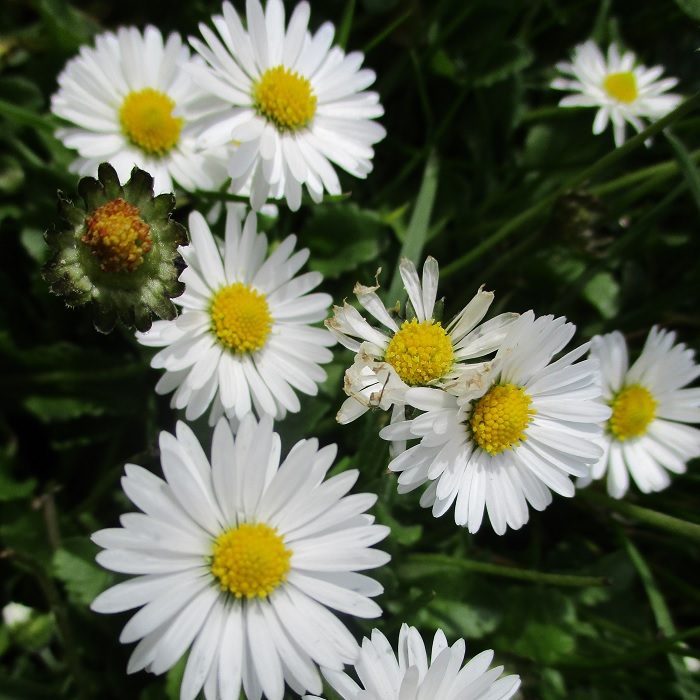UNITED STATES—Turf grasses are the ultimate in groundcover. They are very durable, and useful for covering large areas in a very user friendly manner. The toughest varieties are used for athletic fields because they withstand the wear and tear. In home gardens, all sorts of varieties are grown as lawns. Like other groundcovers, lawns limit erosion, and are cleaner than bare summer dust and winter mud.
Yes, turf grasses and lawns are the most useful of plant materials; but they are also the most demanding. They require more water than almost anything else, except only aquatic plants and some bedding plants. A healthy lawn must be mown and edged regularly, and as often as weekly in warm weather. Weeds are difficult to control once established. Gophers can cause serious damage.
Regardless, for all sorts of landscapes ranging from athletic fields to home gardens, a lawn is worth the work it takes to grow it. Only Trona High School has a dirt athletic field; and only because the soil is too saline and the weather is too scorching for turf grass. At least home garden lawns are more modest than they were years ago, with larger patios and decks, and other groundcover.
Artificial turf still has a bad reputation. The first AstroTurf of the late 1960s was nothing like real turf grass. It had a coarse texture, and eventually faded and deteriorated. Its main problem was that it was so regularly compared to real turf grass instead of recognized for its own attributes as an alternative to lawn, like carpeting for outdoor spaces. Yet, it was popular for certain applications.
Modern artificial turf looks and feels a bit more convincing, and is more resistant to wear and weathering. It might be more convincing if it were not so perfectly uniform. It is already more popular than old fashioned AstroTurf was, even for playgrounds and athletic fields. Artificial turf is expensive to purchase and install, but not as expensive as the maintenance and watering of real grass.
Compared to the installation of real turf grass that needs irrigation and soil amendment, the installation of artificial turf necessitates less excavation. It is therefore less invasive to the shallow roots of established trees and shrubs that are already in the landscape. However, plants that are accustomed to generous lawn irrigation might need to be watered through newly installed artificial turf.
Highlight: English daisy
Once it gets into a lawn, English daisy, Bellis perennis, can be very difficult to get rid of without leaving bald spots. The thin, but tough rhizomes creep along the ground, producing rounded leaves that get no longer than two inches. Mowers barely scratch the surface. English daisy seems to prefer partly shaded areas to drier sunny spots. Although invasive, it can be pretty in informal lawns.
The inch wide white flowers with yellow centers bloom in phases throughout the year. They are least abundant during cool winter weather, and most abundant about now, as weather gets warmer in spring. Garden varieties have more clumping growth, and slightly larger white, pink or rosy red flowers, all with yellow centers. Some have plumply double flowers. They are grown as flowering annuals, but can perform for a few years as light duty perennials.






